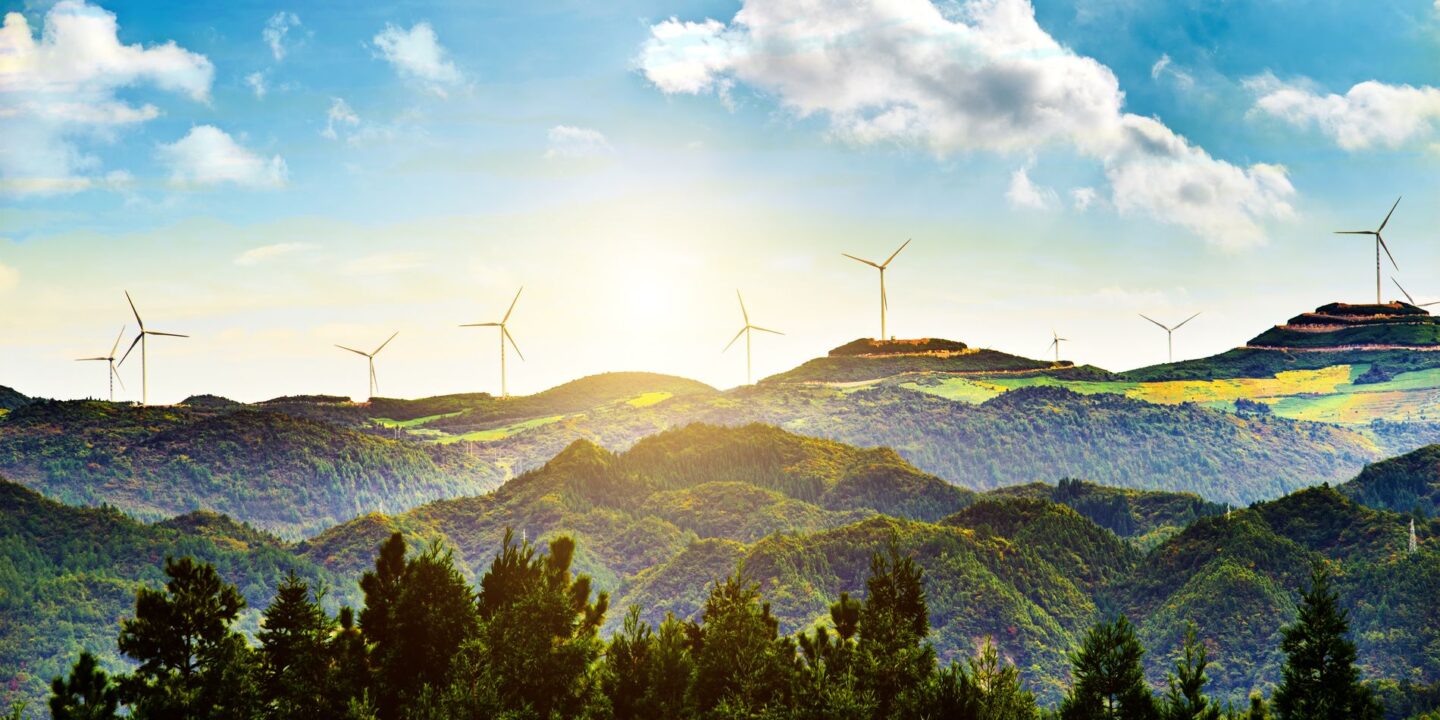
The world is at a critical juncture in the fight against climate change. As the consequences of global warming become increasingly apparent, the need for sustainable and renewable energy sources has never been more urgent. Renewable energy offers a viable solution to reduce carbon emissions and mitigate the effects of climate change. Among the various renewable energy sources, wind energy has emerged as a frontrunner in the transition to a greener future. In this blog post, we will explore the future of renewable energy, with a particular focus on wind energy technology and its potential to revolutionize the energy landscape.
Renewable Energy Trends
The renewable energy sector is constantly evolving, with new trends, technologies, and innovations emerging regularly. One of the most significant trends in recent years has been the rapid growth of wind energy technology. Wind turbines have become more efficient and cost-effective, making wind energy a viable alternative to traditional fossil fuels. Additionally, advancements in offshore wind energy have opened up new possibilities for harnessing the power of the wind. Offshore wind farms, floating wind farms, and vertical-axis wind turbines are some of the latest advancements in wind energy technology that are driving the industry forward.
Renewable Energy Policy
Government policies, incentives, and regulations play a crucial role in shaping the future of renewable energy. Many countries have recognized the importance of transitioning to clean energy and have implemented policies to promote the adoption of renewable energy sources. These policies include feed-in tariffs, tax incentives, and renewable portfolio standards. By creating a favorable regulatory environment, governments can encourage investment in wind energy technology and accelerate the transition to a sustainable energy future.
Sustainable Energy Solutions
While wind energy is a promising renewable energy source, it is essential to consider a broader range of sustainable energy solutions. Solar power, hydroelectric energy, and geothermal energy are complementary sources that can work in tandem with wind energy to create a more diverse and resilient energy grid. By diversifying our energy sources, we can ensure a more stable and sustainable energy supply for the future.
Energy Storage Technologies
One of the challenges of renewable energy is its intermittent nature. The sun doesn’t always shine, and the wind doesn’t always blow. To address this issue, energy storage technologies are crucial. Batteries and pumped hydro storage are two examples of energy storage solutions that can store excess energy generated from renewable sources and release it when needed. These technologies play a vital role in ensuring a reliable and consistent supply of renewable energy.
Green Energy Investment
Investment in renewable energy has been steadily increasing in recent years. Venture capital flows, government funding, and private equity have all contributed to the growth and development of wind energy technology. As the demand for clean energy continues to rise, investment in renewable energy projects is expected to increase further. This investment not only drives innovation but also creates job opportunities and stimulates economic growth.
Impact of Renewable Energy on Climate Change
The adoption of renewable energy sources like wind can have a significant impact on combating climate change. By replacing fossil fuels with clean energy, we can reduce carbon emissions and mitigate the effects of global warming. Wind energy is a particularly effective solution as it produces zero greenhouse gas emissions during operation. Additionally, wind turbines have a relatively small land footprint compared to other forms of energy generation, making them a sustainable choice for the environment.
Renewable Energy Integration
Integrating renewable energy sources into existing power grids presents both challenges and opportunities. The intermittent nature of renewable energy can strain the stability of the grid, requiring innovative solutions for integration. Smart grids, which use advanced technologies to manage and distribute energy efficiently, play a crucial role in integrating renewable energy into the existing infrastructure. By optimizing energy flow and balancing supply and demand, smart grids enable a seamless integration of renewable energy sources.
Community and Distributed Energy Systems
Localized energy generation, including community wind farms, is changing the traditional energy distribution model. Community-based renewable energy projects empower local communities to take control of their energy production and reduce reliance on centralized power plants. These projects not only contribute to the transition to renewable energy but also foster community engagement and economic development.
Renewable Energy Job Market
The renewable energy sector is a significant driver of job creation. As the industry continues to grow, new job opportunities are emerging across various sectors. From manufacturing and installation to research and development, the wind energy industry offers a wide range of career paths. Jobs in wind energy are not only financially rewarding but also contribute to a more sustainable future.
Technological Innovations in Renewable Energy
In addition to wind energy technology, there are numerous innovations in other areas of renewable energy that enhance efficiency and accessibility. For example, advancements in solar panel technology have made solar power more affordable and efficient. Similarly, improvements in hydroelectric and geothermal energy systems have increased their viability as sustainable energy solutions. These technological innovations are driving the renewable energy sector forward and expanding the possibilities for a greener future.
Global Renewable Energy Outlook
Countries around the world are recognizing the importance of renewable energy and taking steps to adopt clean energy sources. The global renewable energy outlook is promising, with many countries setting ambitious targets for renewable energy adoption. International collaborations and agreements, such as the Paris Agreement, are also playing a crucial role in promoting renewable energy on a global scale. As the world transitions to a more sustainable energy landscape, the future of renewable energy looks bright.
Consumer Adoption of Renewable Energy
Individuals and businesses are increasingly adopting renewable energy solutions, such as solar panels and wind turbines. The benefits of renewable energy, including cost savings, energy independence, and environmental sustainability, are driving this consumer adoption. However, there are still challenges to overcome, such as the initial cost of installation and the need for education and awareness. By addressing these challenges, we can accelerate the transition to a renewable energy future.
Environmental Impact of Wind Energy
While wind energy offers numerous environmental benefits, it is essential to consider any potential environmental impacts associated with its development. Wind turbines can have visual and noise impacts, and their construction may disrupt local ecosystems. However, these impacts can be mitigated through careful planning and site selection. Additionally, the environmental benefits of wind energy, such as reduced carbon emissions and air pollution, far outweigh any potential drawbacks.
Renewable Energy and Smart Grids
Smart grids play a crucial role in managing and distributing renewable energy efficiently. By leveraging advanced technologies, smart grids optimize energy flow, monitor energy consumption, and enable real-time adjustments to balance supply and demand. The integration of renewable energy with smart grid technology enhances the reliability and stability of the energy grid, making it more resilient to fluctuations in renewable energy generation.
Future of Renewable Energy Technologies
The future of renewable energy holds immense potential for technological breakthroughs that could revolutionize how we harness wind and other renewables. Researchers and innovators are constantly exploring new ways to improve the efficiency, affordability, and accessibility of renewable energy technologies. From advanced wind turbine designs to novel energy storage solutions, these innovations have the potential to reshape the renewable energy landscape and accelerate the transition to a sustainable future.
The future of renewable energy is bright, with wind energy technology at the forefront of this transformation. As we harness the power of the wind, we can reduce our reliance on fossil fuels, combat climate change, and create a more sustainable future. However, realizing this future requires continued innovation, investment, and collaboration. By embracing renewable energy and supporting its growth, we can pave the way for a greener and more sustainable world.








